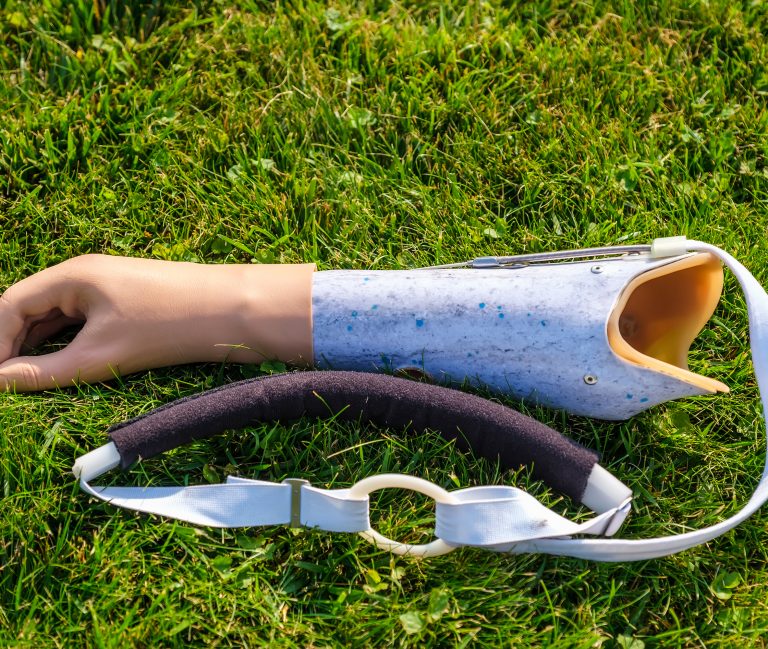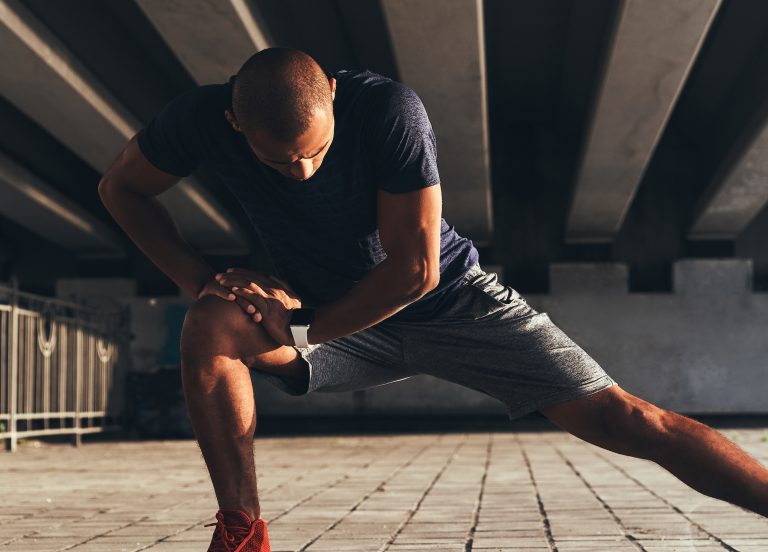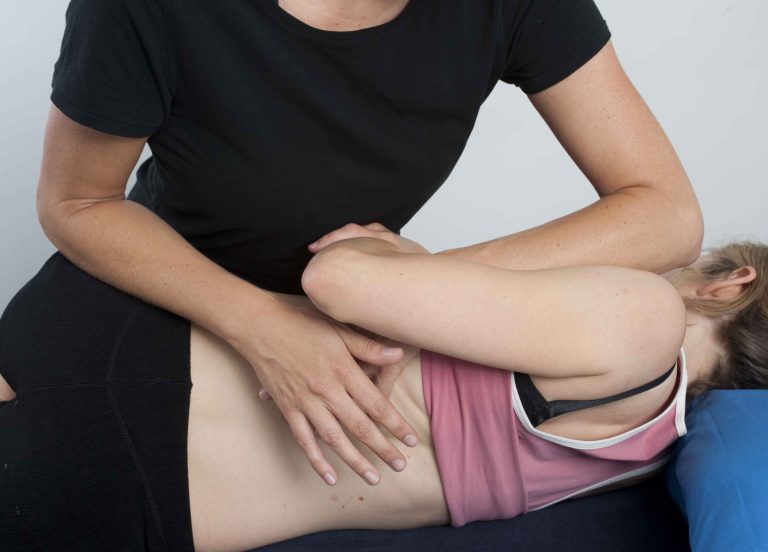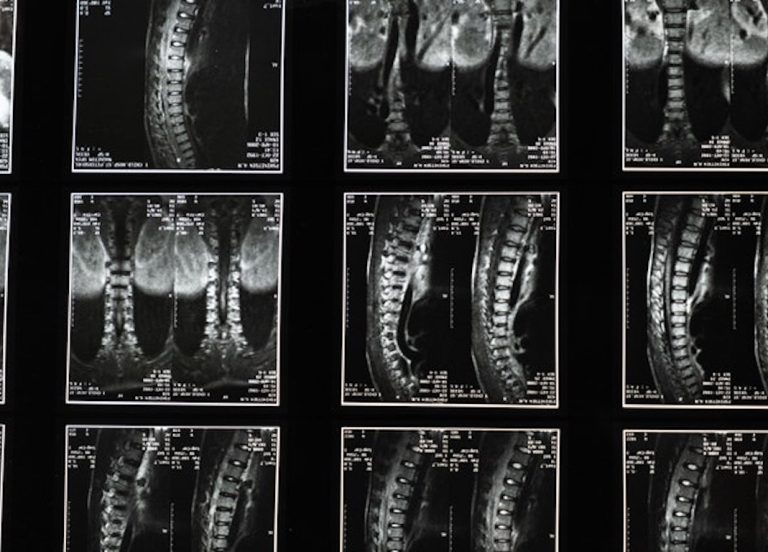The Rubber Hand Illusion: Manual Therapy Effects
In the rubber hand illusion individuals have a rubber hand placed before them on a table while their real hand is placed out of sight on the other side of a screen. A researcher then strokes the fingers of the rubber and real hand simultaneously for a couple of minutes until the individual starts to feel sensation in the rubber hand and that the rubber hand placed in front of them belongs to them. This is put to the test by the researcher delivering a pin prick or blow to the rubber hand at which point the individual flinches and retracts their real hand evasively. You can watch it on a clip from a recent episode of Horizon here.
It’s not by any means a perfect analogy for how manual therapy works, but it demonstrates the plastic nature of our body awareness. And it is via the plasticity of the neurological system, and in particular our proprioceptive system – the receptors in our muscles, joints, tendons and ligaments that feed information to the brain about the force, length, speed and acceleration being experienced by them – that the laying on of hands, be it through massage, or hands guiding physical movement, has its effect.
In a coming series of newsletters I’ll be looking at what the current body of evidence tells us about how different manual therapy techniques are most likely having their effect. I’ll also be looking at what we used to think those techniques were doing – breaking adhesions between layers of tissues, unlocking joints, putting bones back, to name a few – but now firmly know they are not, and why it is helpful, if you are seeking manual therapy, to understand this.






